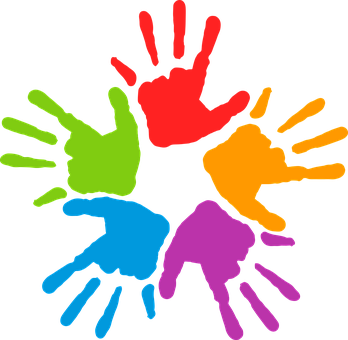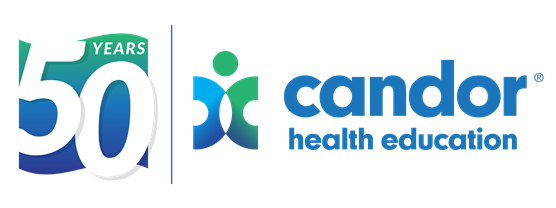 Written by: Katie Gallagher-Director of Education, Candor Health Education
Written by: Katie Gallagher-Director of Education, Candor Health Education
June is here! That means school is out and we are filling our days with fun activities that take us outdoors and on new adventures. June also means that it is LGBTQ (Lesbian, Gay, Bisexual, Transgender, Queer/Questioning) Pride Month. In the midst of all of your summer planning, have you given thought to how you will be recognizing Pride Month? While some of us may join parades, marches or other celebrations to show our support, that may not be comfortable for everyone. I’d like to suggest that one way we can all observe this month is by spending some time educating ourselves on topics related to gender identity and expression, and sexual orientation and gender, regardless of our current levels of understanding, interest or personal beliefs.

Daily we are reading articles and watching news stories that address LGBTQ issues and achievements. Locally, we read about the history-making election of Chicago’s first black female, openly-gay mayor. Nationally, we may have heard that the Supreme Court is poised to hear three civil rights cases next fall that address workplace protections for LGBTQ individuals, or that transgender people are currently banned from serving in the military. A recent article in the New York Times explained that there are currently six states that are considering adding a nonbinary marker, or gender-neutral designation to their driver’s license. It is evident that to be an engaged citizen today, we need to be educated on LGBTQ topics and that these issues deserve informed thought and consideration.
According to the Williams Institute at UCLA, in March of 2018, there were an estimated 3.2 million youth (ages 8-18) that were LGBTQ. Among the older youth (grades 9-12), 8% or 1.6 million identified as LGB and nearly 1% or 150, 000 identified as transgender. Given these statistics, it is all the more important that the caring adults and professionals in their lives educate themselves, and examine their own beliefs and experiences in order to create environments that are inclusive and affirming for young people.
Given the great diversity that falls under the LGBTQ umbrella, with regard to sex and gender, people can feel intimidated by the topic or feel embarrassed or overwhelmed by their limited understanding of it all. So where to start?
- Learn the meaning of the acronym.
- Consider your own experiences of gender. How have the expectations of others affected your own path?
- Explore how gender norms are different across cultures and throughout history.
- Learn about the differences between gender and sexual orientation and between gender expression and gender identity.
What if you already feel confident in your knowledge of LGBTQ topics and vocabulary?
- Work to create more gender-inclusive environments for everyone by making shifts in language and practices, such as asking people which pronouns (he/him, she/her, they/them) they use.
No matter where we are on all of this, each of us can find ways to learn more and expand our understanding. Let’s carve out some time this month, LGBTQ Pride Month, to educate ourselves and others – to read current events, to engage in discussion, and to work together to put “human” first before any other labels.
